
British developer Media Molecule has become one to watch, at least from my point of view. They started out with the promising LittleBigPlanet in 2008, then greatly improved and expanded on that title’s fundamentals with LittleBigPlanet 2 in 2011, which is easily the game I’ve had the most playtime out of on my PlayStation 3.
Now, the developer has released their first non-LittleBigPlanet game, as well as their first Vita title, in the form of Tearaway. The final product, in terms of its actual gameplay, isn’t anything you haven’t seen before if you’ve ever played a 3D platformer, but there are so many clever ideas contained both in the game’s presentation and in how you specifically interact with the world it contains that the full experience is utterly charming.
Taking place in a fantastical world where everyone and everything appears to be constructed from paper, Tearaway actually incorporates whoever is playing it into the game as a character appropriately known as a You. It appears that your face has suddenly appeared in the sun, thanks to the Vita’s front camera, and with it come angry, cube-shaped enemies called Scraps, who start wreaking havoc on the world’s innocent denizens.
The game starts with both your own introduction as well as the creation of the actual playable lead. You can choose between one of two envelope-faced messenger characters, either the male Iota or the female Atoi. Contained within your character of choice is a message meant for you specifically, and right after they’re born, the messenger sets out an a quest to reach the sun and deliver the mysterious message.

From there, the story is pretty light on substance. You’ll befriend fellow papery citizens and creatures, but only two of them have actual spoken dialog, while the rest speak gibberish with accompanying text. Some conflicts with the Scraps occasionally occur, but things are generally just a simple excuse to progress through each level.
Without giving anything away, for all the hype I’ve seen the mysterious message receive in pre-release articles and some other reviews, I wasn’t blown away when I completed the game and finally received it. There are some clever ideas in the way it’s presented to you, and it is ultimately charming, but don’t expect to be extremely moved or to experience a defining moment of game storytelling.
Gameplay is reminiscent of old-school 3D platformers in the Banjo-Kazooie vein, though in some ways it’s much simpler – a good example of this is the fact that you don’t learn to jump until the second area. Thankfully, the game does a good job of continually introducing new elements to throw at you, including peeling back paper using the front touch screen, as well as poking your finger through the rear touch screen to appear as a virtual representation in-game.
It would be easy for Tearaway to feel gimmicky with its touch-centric mechanics, but it’s presented in such a fun way, and with just the right amount of individual instances, that it works very well overall. This is fortunate, because the core gameplay is very simple, essentially boiling down to running and jumping across each level with the occasional new mechanic introduced to spice things up.
You’ll find hundreds of scraps of confetti, the game’s main recurring item, strewn throughout every environment. Your collected pieces can be spent on both new camera lenses and filters for taking pictures, as well as various facial elements and stickers to customize Iota or Atoi as you see fit. My personal Atoi during my initial playthrough ended up looking pretty different from the default model, as I gave her two different eyes and a new mouth from the wide selection of alternate parts provided.
What’s really impressive about these facial features is that each one individually animates during gameplay and cutscenes, so as long as you retain the character’s basic facial structure, they will remain expressive and not stick to one static expression. It’s a nice touch that shows genuine effort from the development team.

Customization also sometimes extends beyond your own character. You’ll have many opportunities to take pictures to use for character textures, use a special editor tool to draw custom shapes for snowflakes and flames, and even occasionally record your own voice through the Vita’s microphone, which admittedly I was never able to get anything but static from for some reason. These features, combined with your recurring face shown in the sun, adds a nice personal feel to the whole experience.
It should be noted for those expecting another LittleBigPlanet that, while there are still heavy customization elements, there is no tool for building levels and sharing them online. Sure, those games had pre-made campaign levels, but the standout feature there was creating, sharing, and playing. Tearaway is a more confined experience, being single-player only,and with online functionality limited to sharing in-game photos on Facebook, Twitter and sister site Tearaway.me.
Not to say that this makes Tearaway a bad game. In fact, I’d say some elements here actually best the LittleBigPlanet series. The game being a full 3D platformer instead of restricted to a 2D plane allows for more expansive and impressive environments, and Iota & Atoi’s jumps and handling feel more precise than Sackboy. Just don’t expect the core platforming to ever get extremely clever, as well done as it is.
Special mention should be given to the game’s stellar soundtrack, which is thankfully available free to download for those who pre-order the game or buy it digitally within the first week of release. It’s an inventive mixture of such genres as folk and dubstep, as bizarre a pairing such as that may sound, and boasts many individual tunes that fit their respective levels and situations perfectly.
As simple as the gameplay can be, the actual window dressing of Tearaway helps make it into something special. The fact alone that the Vita’s touch and photo functions are integrated well for once makes it notable, but the additional fact that it’s simply an overall enjoyable experience makes it a must-play for anyone who owns the handheld. Media Molecule has done it again, and I look forward to whatever they have up their sleeves next.
This review is based on the PS Vita version of the game.



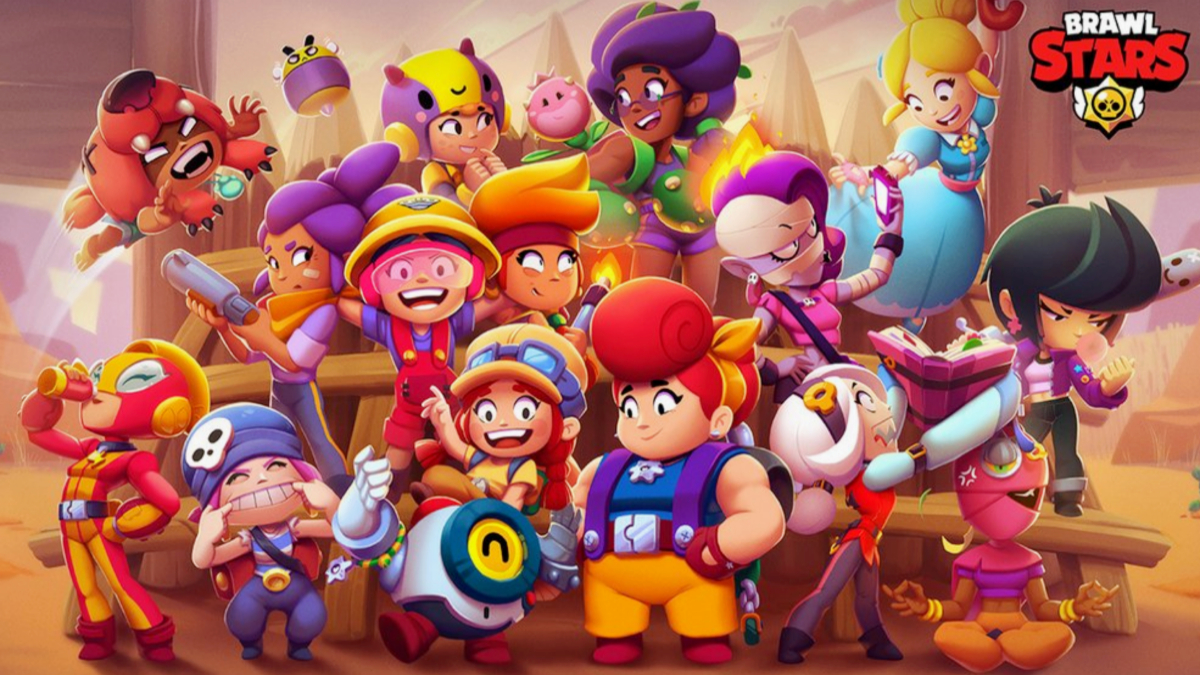
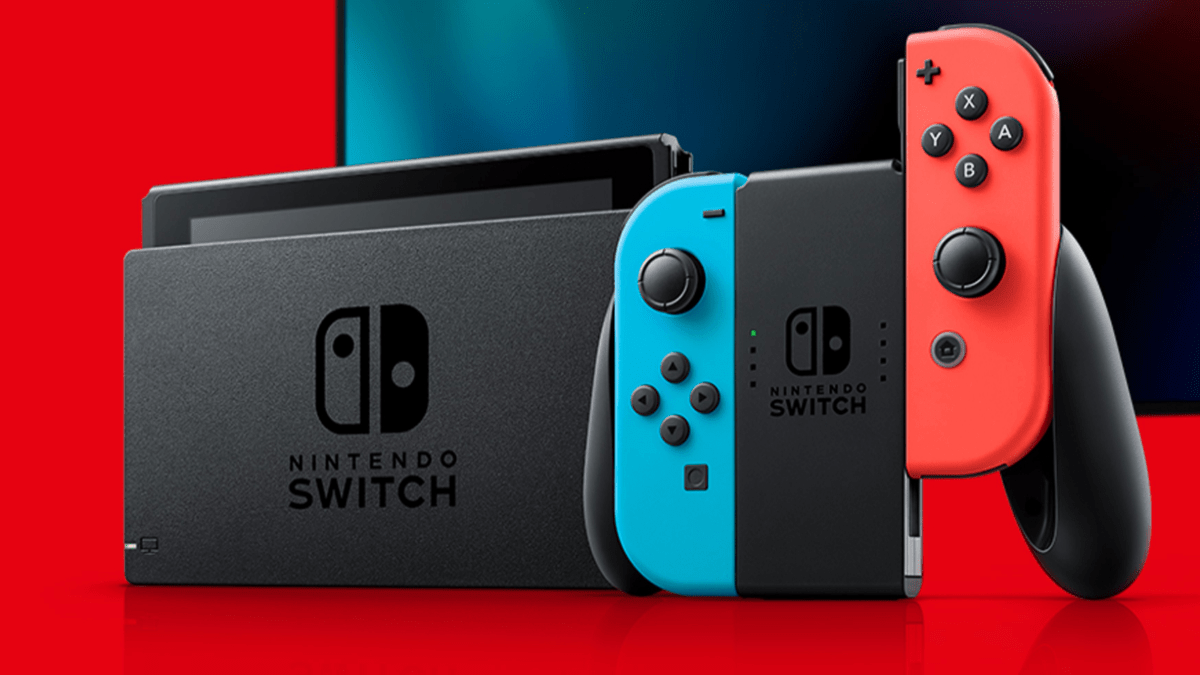
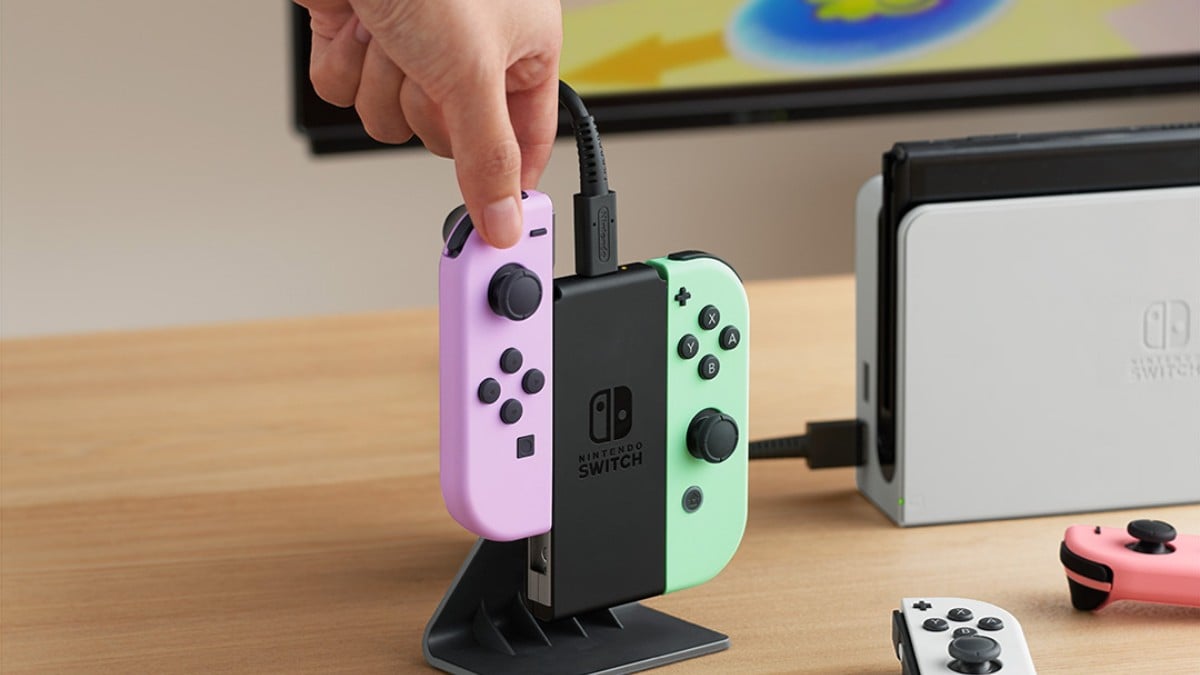
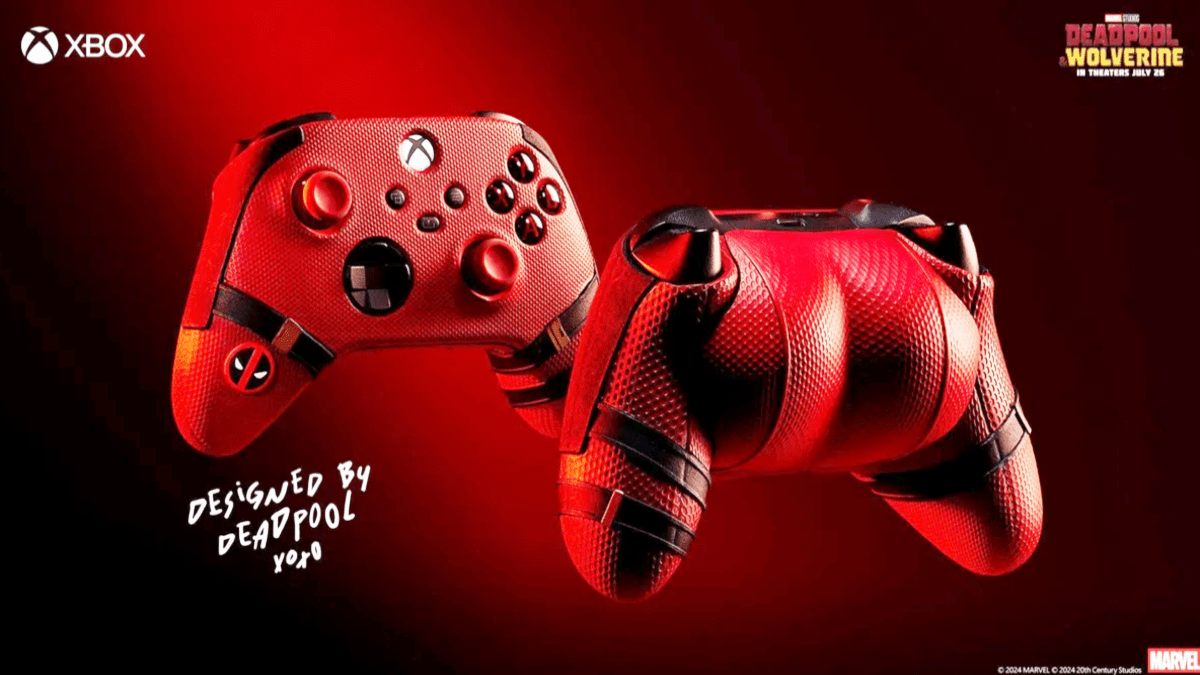
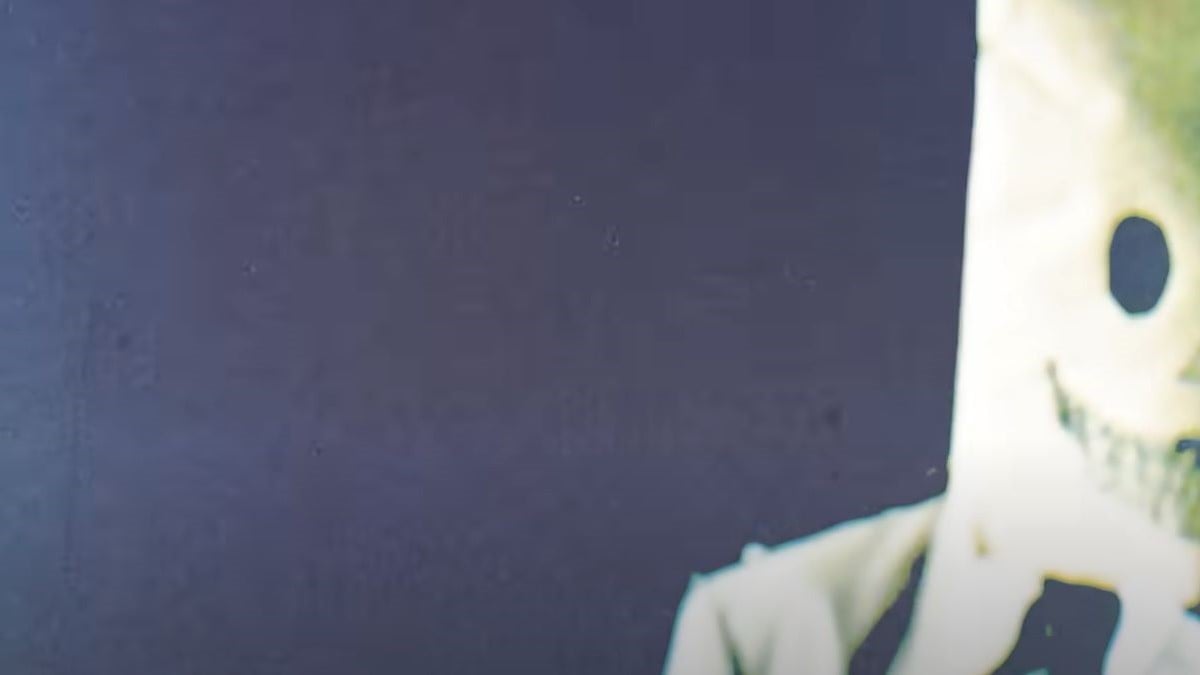
Published: Nov 27, 2013 09:35 pm